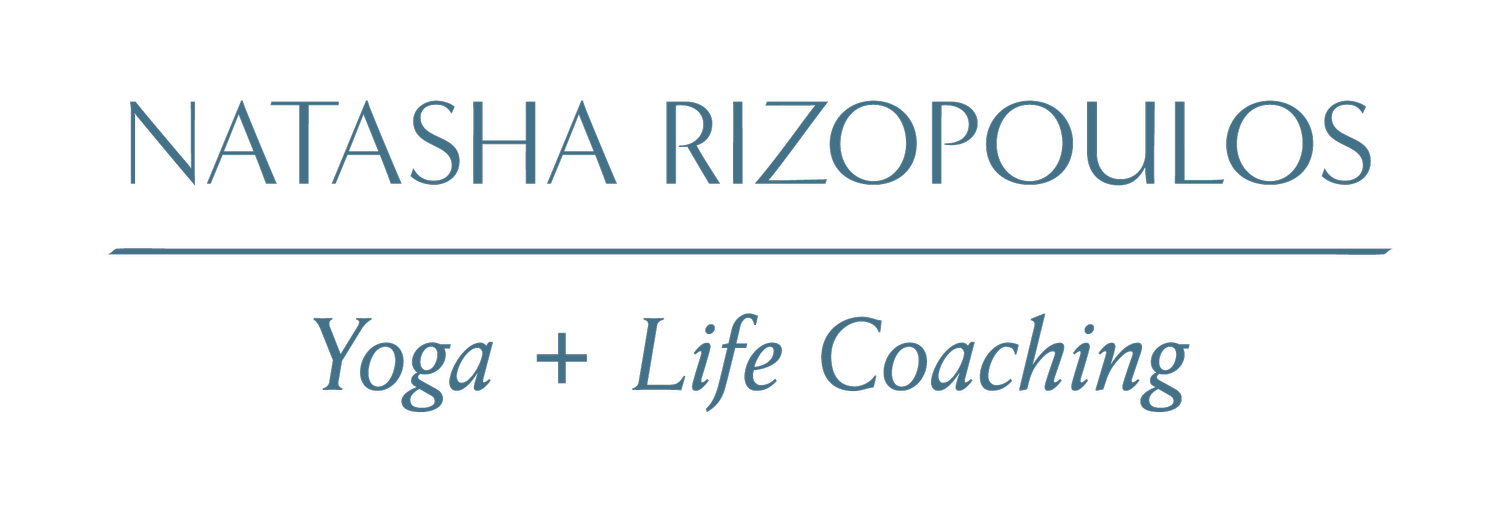How I Learned to Sit
When I first began practicing yoga I was only interested in asana. And not only did meditation hold absolutely no appeal, but I was also convinced that I was the one person on earth who was actually incapable of it.
Sadly, this seemed to be confirmed when early in my yoga life I took a weekend Meditation course and soon thereafter forgot my mantra — shades of a young Jeff Goldblum in “Annie Hall” (this is an obscure film reference, ignore it if it doesn’t register).
So, for the next several years I plowed forward with my physical practice and experienced many benefits from it, including a kind of focus on the mat that felt very different from how scattered my brain often felt off the mat.
And I was relieved to feel this way when I was practicing asana, since I was clearly in some way genetically programmed not to be able to “sit”.
This was evident because every time I tried, my brain would start yammering away faster than ever, and I was under the distinct impression that the point of meditation was to quiet the mind.
Since this didn’t happen when I sat, but did, mostly, when I linked breath and movement in my Ashtanga practice, I decided that I practiced meditation in motion.
Many poses later I started leading Teacher Trainings. And as part of TT had to delve more deeply into the yoga Sutras so I could teach the philosophy portion of the course.
Let’s just say I didn’t jump for joy at the prospect. I had not had a happy early acquaintance with the text and basically considered it a book that made me feel bad about myself because I didn’t want to meditate.
Someone once told me that the best way to learn something is to teach it, and this could not have been truer with the Sutras. The more time I spent with them, the more captivated I became by their simple, practical, and universal truths.
Suddenly sentences that I had memorized but not explored in any personal or visceral way were filtering through my head all the time.
For instance, that old saw, “Yoga is the restraint of the fluctuations of the mind.” I had heard it a thousand times, but it hadn’t really, truly resonated, and now suddenly it did, and it meant something very profound.
Perhaps all the time I had spent on the mat had in some way prepared me for the next part of my practice. Now I finally WANTED to sit.
And here again the Sutras were invaluable, offering several different techniques and completely ecumenical about which one to choose.
Once more, I worked with someone who taught a mantra-based sitting method. But this time I was ready to understand the technique in a more nuanced way (he was also a very gifted teacher).
Here’s what I learned and continue to learn every day: perhaps the Dalai Lama can silence his mind, but that is not my goal.
My goal is to create any amount of space between my thoughts and my feelings and my sense of who I actually am. Very often my brain continues to chat away while I sit, but I practice not getting involved in the discussion, allowing the chatter to drift by and gently reminding myself not to follow a given thought down a rabbit hole.
This is a very powerful practice. Patanjali suggests that our identification with our thoughts and feelings is the root of all suffering, and my experience certainly supports that.
Since turning that meditation corner, I’ve studied a variety of techniques with several teachers and orientations. Sometimes I use mantra, sometimes breath, sometimes the sensation of the air on my skin. My overriding goal is to not engage with my habitual thought patterns – they’re there, but in the background, and not giving them my full attention is extraordinarily calming.
My suggestion is to try different meditation techniques until you find the one that works for you. If mantra meditation sounds like it could, there is a universal mantra “so hum” that translates as “I am that I am” that many people find useful. Silently repeat “so” with every inhale, and “hum” with every exhale.
Whatever practice you end up with, here’s what I do when I sit. I find a supported and comfortable seat, usually in the corner of a couch or armchair. I sit cross-legged with my spine erect, but if I get droopy over the course of the practice, I don’t worry about it. I cover myself with a blanket or shawl because I often cool off when I meditate. I set a timer and I sit until the timer goes off. No matter what. Even when I think “this is hopeless today, it isn’t working, blah blah.” The point is to learn not to get involved with the chatter.
Start with a small amount of time and gradually build up. Or not – a little goes a long way and is better than nothing. The main thing is to be consistent; the effects can be immediate, but they are also cumulative.
Set your timer on a low volume. Even when you think you haven’t gone inside you often have, and you don’t want to be startled when it goes off.
I prefer to meditate in a quiet room, but I’ve happily meditated in airports, car washes, trains, planes, MRI machines, you name it.
And these days I don’t forget my mantra.
